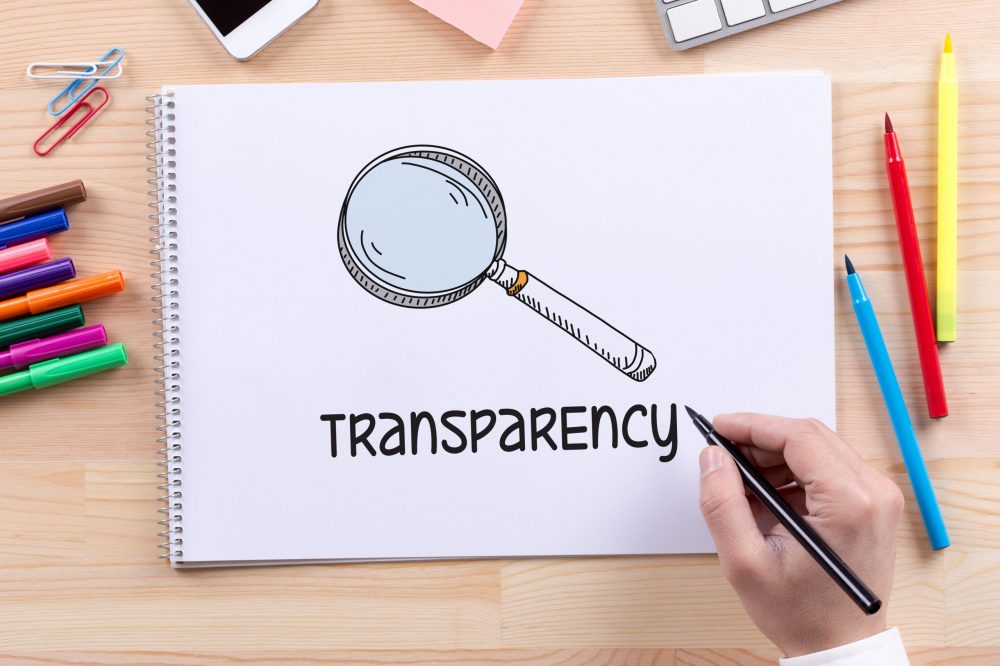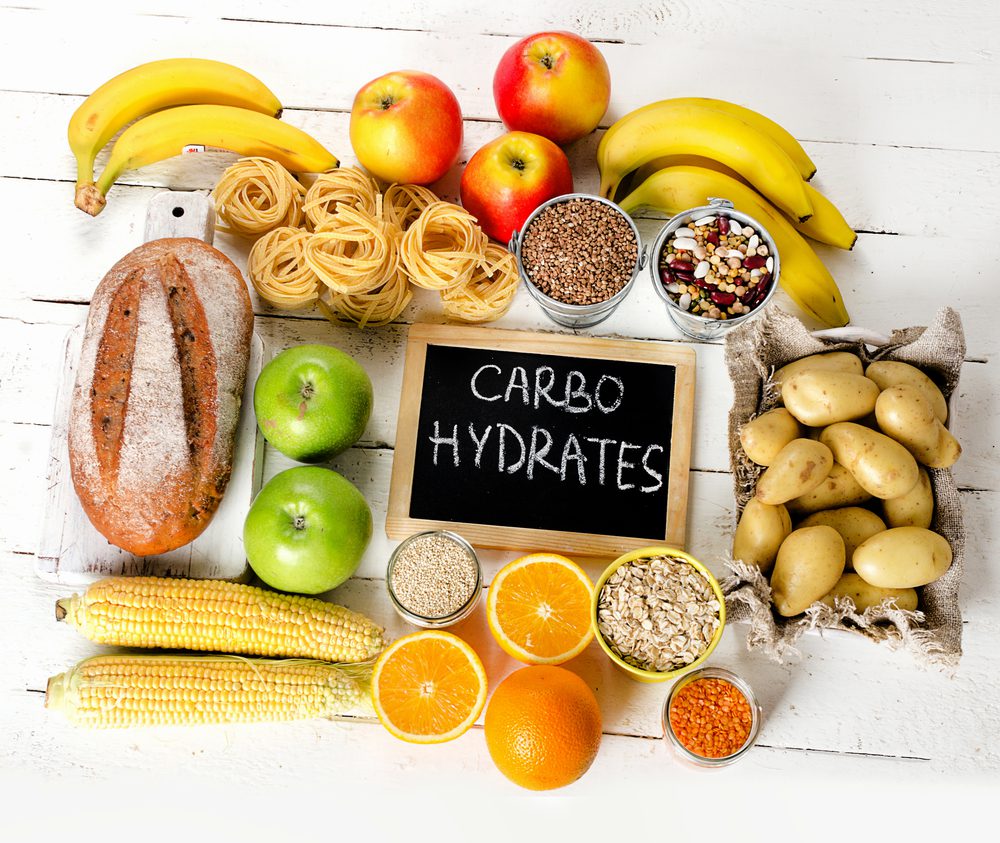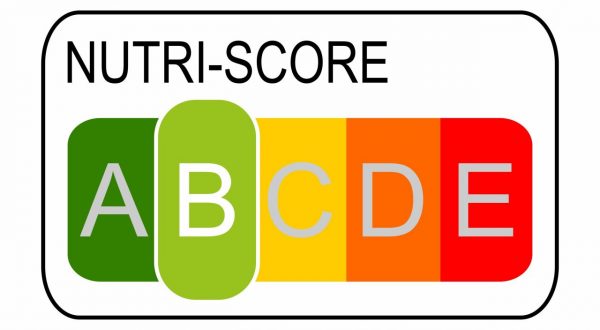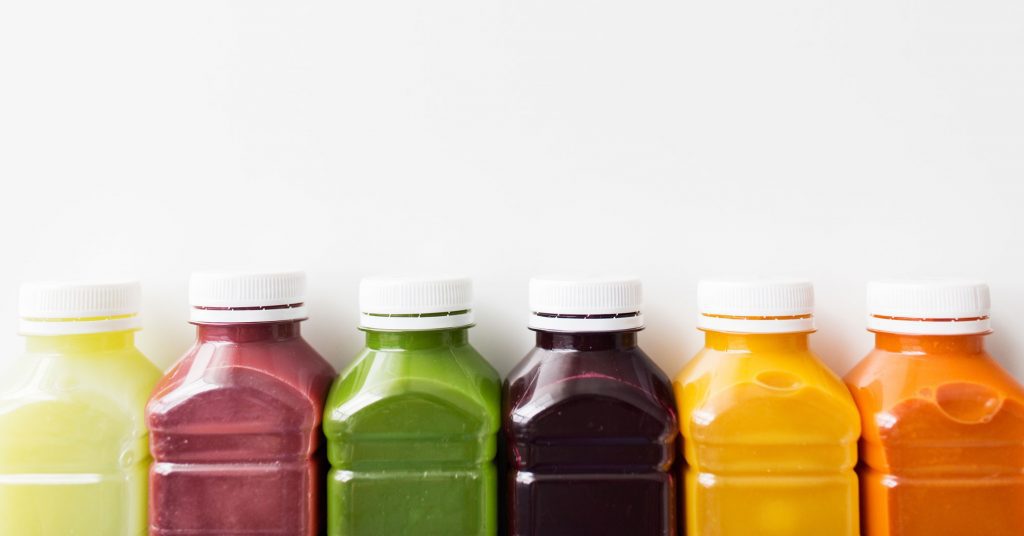
Transparency in nutrition marketing – can we do better?
Author: Jan Hales
With so many nutrient-poor foods masquerading as viable meals and snacks, I’ve been wondering if we could do more to help people make healthier food choices.
One argument for selling unhealthful food is that it’s what consumers want; and as attempts to make a product healthier often fail, it’s easy to see why we stick with the status quo.
But what would the consumer reaction be if we were fully transparent about a product’s nutritional shortfalls and highlighted the negatives instead of the positives? What if we confessed that product A “may cause sharp rises in blood sugar levels” or “has been extensively processed to remove most of the natural vitamin and mineral content”? Are we getting away with selling nutrient-poor food because consumers don’t have access to this kind of information? Imagine buying a house if you only knew about the positives.
I realise this probably sounds absurd, but is it okay to be less than transparent about the impact individual foods have on nutrition and health? Is this responsible business practice?
Those of us who work in food industry have a pretty good idea how food is made, what nutrition and health claims are based on, and the loopholes used to make food appear healthier than it is. We are able to make informed choices about what we eat and how it might affect our health. Unfortunately that’s not the case for many others so there’s plenty of confusion about which foods are good for health or not.
Shouldn’t everyone be entitled to information that will enable them to choose foods that support their health goals?
While it might be unrealistic to expect all food to be healthful, I can’t help thinking that if we were more open about what we’re selling, that the demand for truly healthful food would grow.






